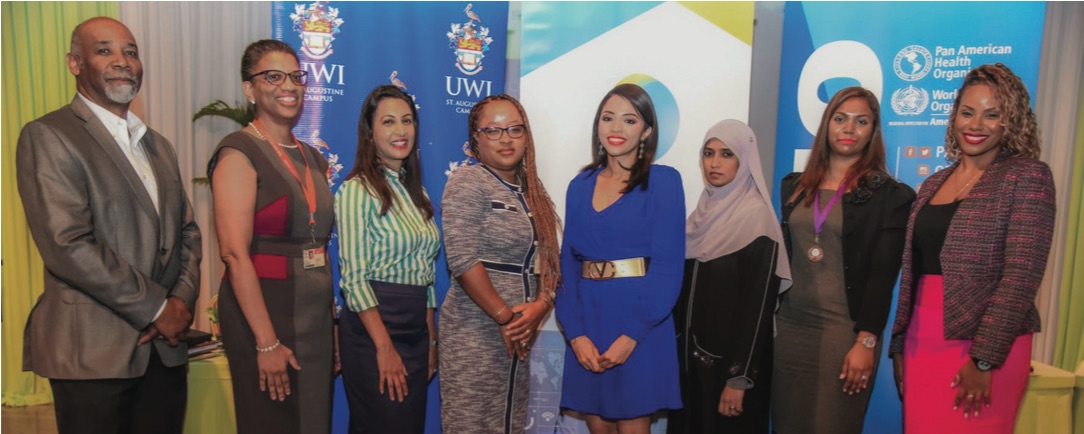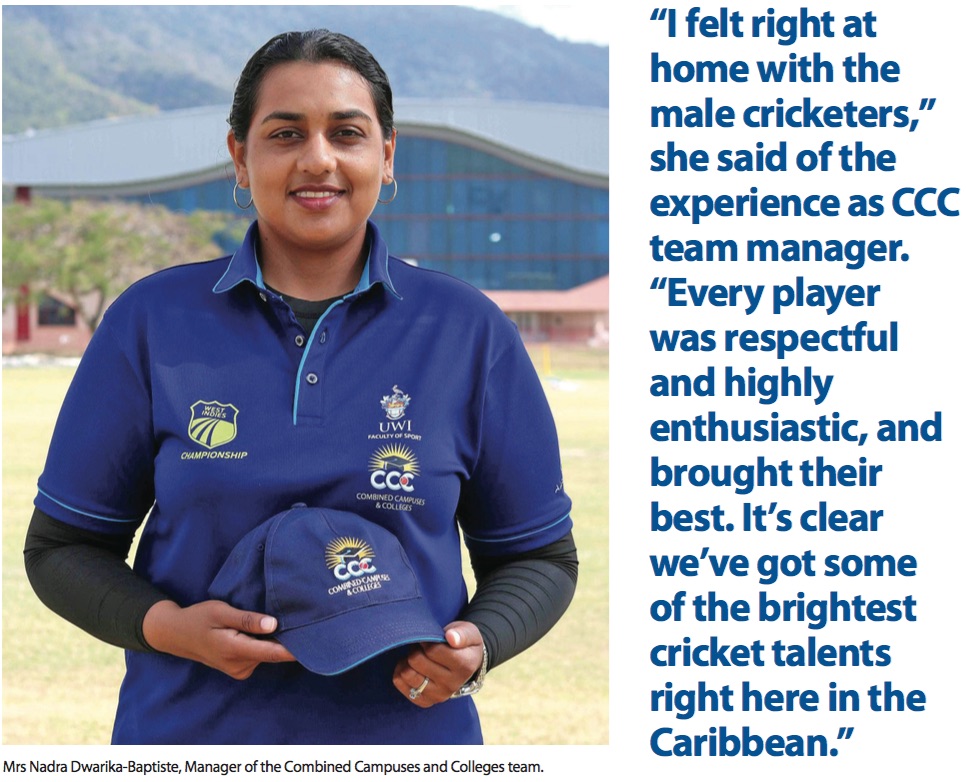Feminist scholar Prof Pat Mohammed illuminates the under-examined life and legacy of a Caribbean leader

An online search for women who have served as Prime Ministers in the Caribbean immediately shares a list that includes Dame Eugenia Charles of Dominica, Portia Simpson-Miller of Jamaica, Mia Mottley of Barbados and Kamla Persad- Bissessar of Trinidad and Tobago.
Janet Jagan of Guyana is also there. What is noticeable in the search are the years that mark the start or end of their tenure. But for Jagan, there’s none except to say, “Served as Prime Minister and later as President”. Her contribution to Guyana’s politics and consequently her positioning in the Caribbean landscape has been met with mixed views. For some, she was the least favourite President of Guyana. For others, she was the boss lady, the white Jewish woman in charge while her husband was the mouthpiece. Then, there is another group trying to fill the gap and connect events as Janet Jagan helped give Guyana its voice.
It is that gap that Professor Patricia Mohammed, Emerita Professor at The UWI and celebrated scholar in Caribbean feminist theory, has tried to fill in the biography, Janet Jagan: Freedom Fighter of Guyana (Ian Randle Publishers, Kingston, 2024).
“There existed a huge gap in my own understanding of Guyana’s social and political history,” she said. “I only knew Guyana through the people who came and worked in Trinidad. We knew about the socialist rule. We knew about the later dictatorship. We knew about the problems of money and inflation. I had been to Guyana once or twice for conferences, so this was a sheltered view. Guyana was one space in the Caribbean that I really had not understood or written about considerably as I have done for other territories.”
Just as important to Mohammed was the presentation of Jagan’s duality.
“I generally found most people with very public lives have to cultivate a space that is guarded and private to survive in the public,” Mohammed explained.
This was no different, she said, to what she found when she published her first biography on Trinidad and Tobago’s first Prime Minister, A Very Public Private Man: Sketches in a Biography of Eric Eustace Williams.
Janet Jagan, an American from Chicago, met her husband Cheddi at a students’ rally in the United States. He was at Howard University, studying dentistry while she attended the Cook County School of Nursing. Married at 23, she migrated to Guyana in 1943 to help set up her husband’s dental practice. Politics was not their plan. However, observing the treatment of the Guyanese people, they were activated. Applying their working class political philosophies, they pushed against British rule.
They co-founded the People’s Progressive Party in 1950, which won the 1953 elections. Cheddi became Chief Minister. However, his radical social reforms led to British authorities sending in troops shortly after, claiming there was the threat of a Marxist revolution.

In writing Jagan’s biography, Mohammed unearthed the personal face behind the political. She found consistent stories of Janet Jagan’s thoughtfulness and kindness with the people she worked and met with, and the people who came to her office in need of assistance. She fought on many fronts for the rights of Guyanese people, for housing, health and the right to free speech.
“That, in a sense is the kernel. She was not putting on a public face. I found that was something actually important about her personality and I think the book does bring that out,” Mohammed said.
The book was commissioned by the Board of the Cheddi Jagan Research Centre with Indra Chanderpal, who led the PPP’s Women’s Progressive Organisation (WPO), taking the lead along with Hydar Ally, and with the full support of Nadira Jagan-Brancier, the Jagan’s daughter. The objective was to demystify the misrepresentations of Janet Jagan, and to place on record her contribution to Guyanese history.
“It is the reason why I actually gave the title to the book,” said Jagan-Brancier. “My mom was asked how she would like to be described, and she said, ‘I would like to be described as a freedom fighter’. Because that’s what she fought for her whole life, freedom for Guyana and people around the world.”
She added. “A lot of people like to say she became president because of who my father was. There wasn’t a family dynasty. She was in the trenches. She went to prison. She was side by side with him.
“I would have been two years old when she first started. She was Minister of Labour, Health, and Housing. She did a tremendous job during those years. She was able to eradicate malaria,” Jagan-Brancier recalled.
The greater revelation was her mother’s hand-written diaries, which have a dedicated chapter in the book. One particular diary focused on her incarceration, following the British ouster after 133 days of rule in 1953. “She kept the diary for the period in jail, and it was absolutely amazing the way she would list all the details of her time in the cell —the rats, the people, helping others and so on,” Mohammed noted.
“She was stoic. She read a lot and listed with brief annotations all the books she read during the many months in jail. She was a great archivist. That whole period of Guyanese politics was so weighted in what we call now fake news. I think she understood the value of records. She was aware that these diaries would be used to tell another story. She wrote, I think, in a measured way.”
Mohammed also tried to bridge the gap of Caribbean gender studies. Neither the WPO nor Jagan-Brancier saw Janet Jagan as a feminist. But to Mohammed, she was consistent in her understanding of gender equality, specifically in the value of women’s work and their time.
“Janet’s efforts have to be credited as one of the reasons Guyanese women gained the right to vote so early under suffrage. She arrived in 1943 and by 1944 she had written the first paper [on women’s equality],” Mohammed noted.
Launched in Guyana last year, the book’s 556 pages present new insights into Jagan’s life, including her primary role as a journalist.
For Nadira Jagan-Brancier, the book offered her a time for reconnection and admiration.
“I got to know so much more about my mother. Her life is one of those amazing things. It’s hard to believe that this is my own mother. Now looking back at what she accomplished and what she did, and the hardships—a lot of people wouldn’t put up with all of it,” she said.
For Mohammed, the book was meant to redeem Janet Jagan’s legacy in Guyana and the areas of freedom that she fought for that were pertinent to all Caribbean people.
“I felt we in the Caribbean had done her a great disservice and to Guyana. We knew about her, I don’t think it was deliberate erasure, but it was time to put the record straight and claim her as a Caribbean leader,” she said.